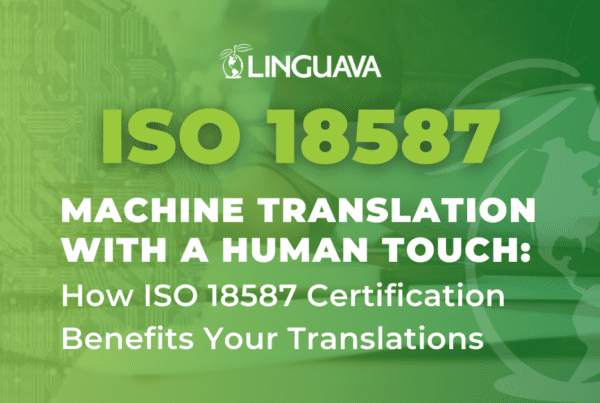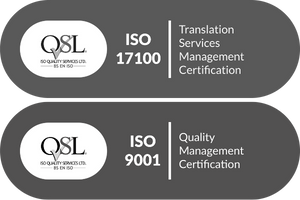For people who are not directly involved in the language industry, the words interpretation and translation, or interpreter and translator, are often used interchangeably. They do not, however, mean the same thing. Let’s look at the difference between interpretation and translation.
What is interpretation?
 The simplest explanation is interpretation is spoken communication between two parties that speak different languages. The interpreter facilitates communication by conveying the information in the same register and content as spoken by either party.
The simplest explanation is interpretation is spoken communication between two parties that speak different languages. The interpreter facilitates communication by conveying the information in the same register and content as spoken by either party.
The interpreter speaks in the first person; they do not summarize or say “he said.” A truly gifted interpreter is almost invisible. Interpreters must be skilled in communication and customer service in order to interpret well for both parties. Interpreting can be done in person, over the phone, or via virtual options, as in video remote interpretation.
What is translation?
 Translation is generally defined as taking one language in written form and converting it into another language, while keeping true to the content and intention of the original writer. A proficient translator must have superb grammar and composition skills in both languages.
Translation is generally defined as taking one language in written form and converting it into another language, while keeping true to the content and intention of the original writer. A proficient translator must have superb grammar and composition skills in both languages.
As with spoken interpretation, the content is not translated word for word. An understanding of cultural and linguistic differences is crucial to conveying meaning. An example of translation is taking a book that is written in one language and adapting it to another. Adding subtitles to a movie in different languages is another example. While there are other facets to translation, this is a simple way to understand it.
When can an interpreter sight translate?
Translating is very different from interpreting. Interpreters don’t usually translate, with a few exceptions. In general, an interpreter might sight translate (translate a document they haven’t seen before the appointment) if they are comfortable with it. Sight translation is the simultaneous reading of a text by the interpreter from the source language into the target language. An interpreter can sight translate documents like health history, intake forms, screening forms, questionnaires, and instructions for patient—with a provider present to answer potential questions.
An interpreter cannot sight translate documents related to HIPAA, privacy practices, financial policies, consent for release of information, legal documents, and consent forms.
For sight translation, there’s a good rule of thumb to follow: If it requires someone to sign saying they understand or give consent, that’s out of the role of the interpreter.
Here we discussed the differences between interpretation and translation. We hope that this information has helped you understand the difference between the two terms and you can use it to help you with your own translation and interpreting projects.
Linguava Interpreters can help
At Linguava, we have the highest number of qualified and certified interpreters in Oregon. If you are looking for high quality Onsite Interpretation, Scheduled Video Interpretation, Video Remote Interpretation, Over the Phone Interpretation, American Sign Language or Translation and Localization services and exceptional customer service, please contact our sales team at sales@linguava.com to learn more.
If you have a file ready to translate, get your file analysis and free quote here.









